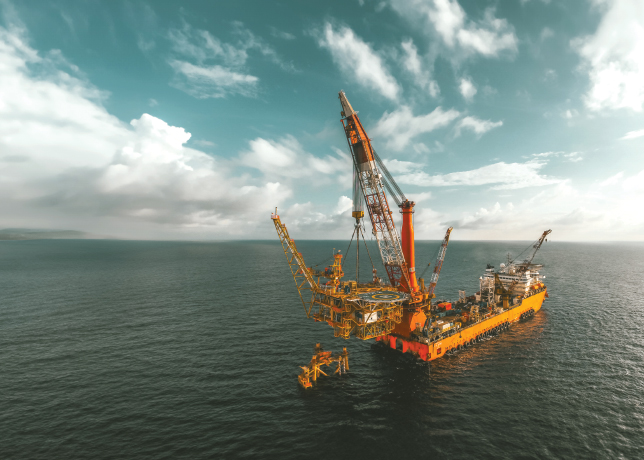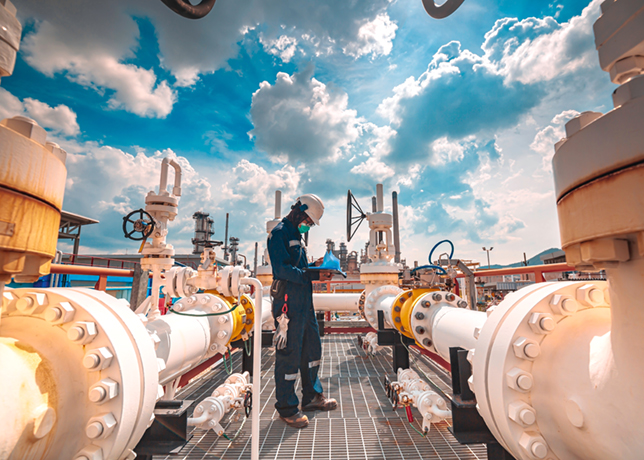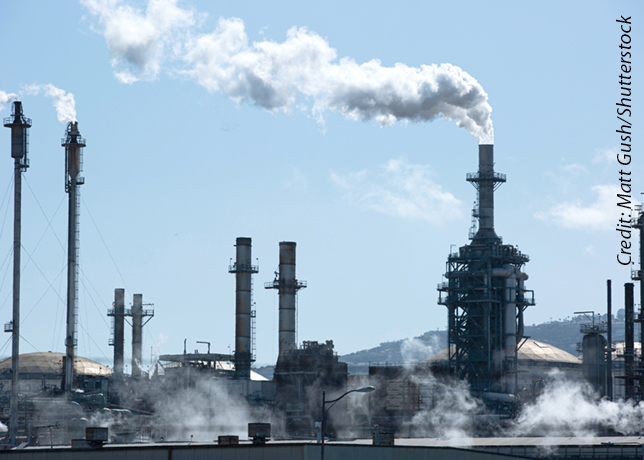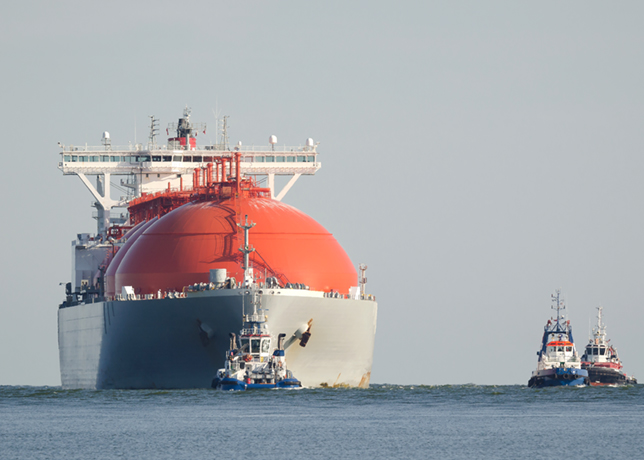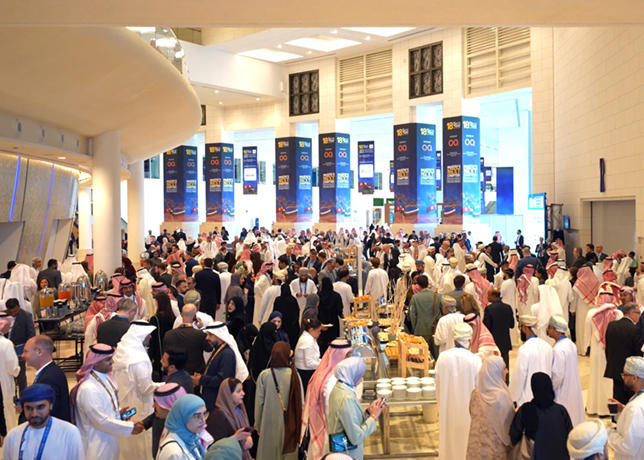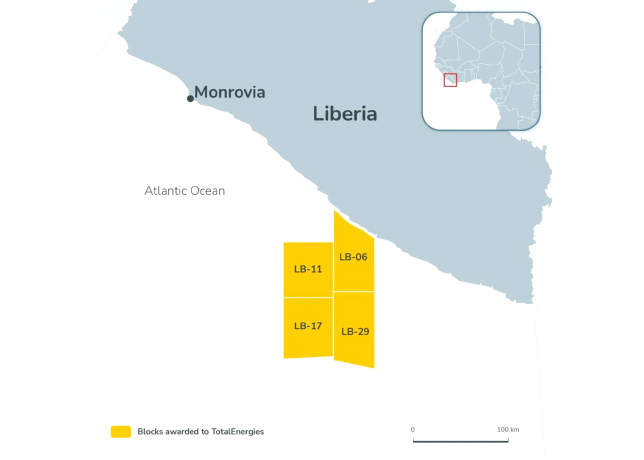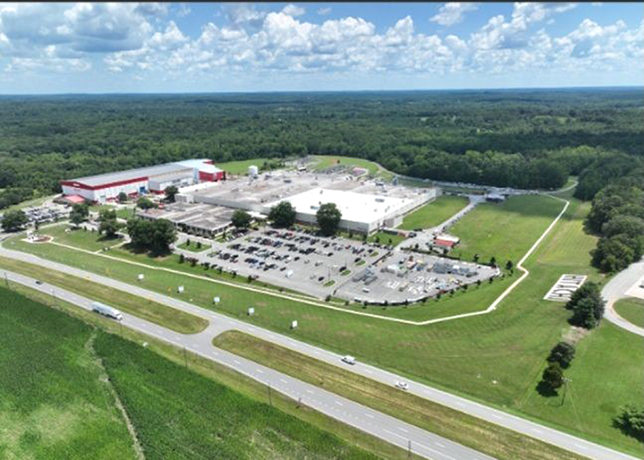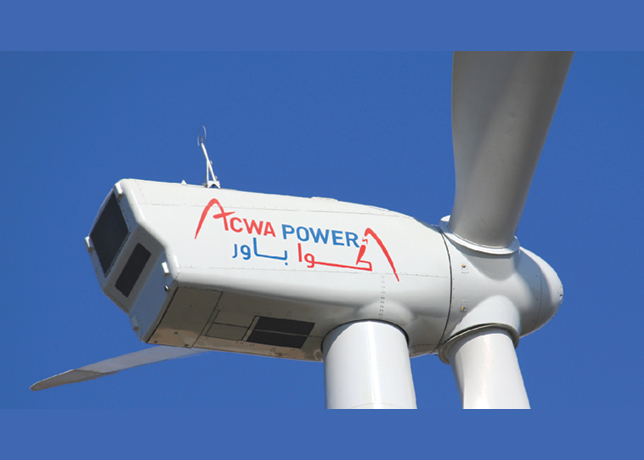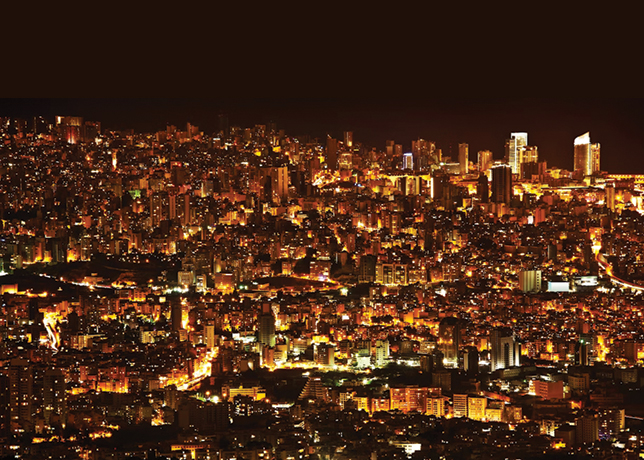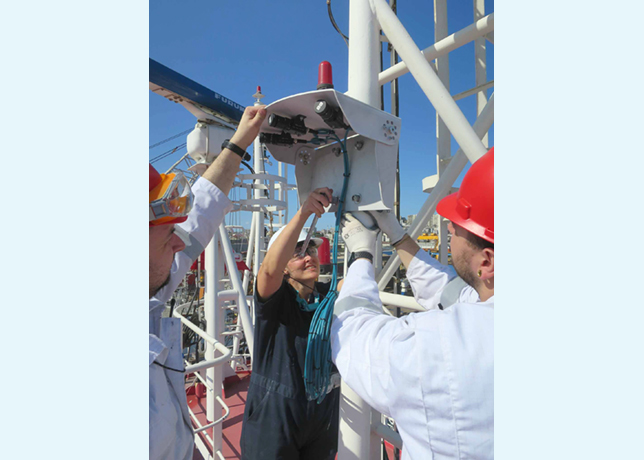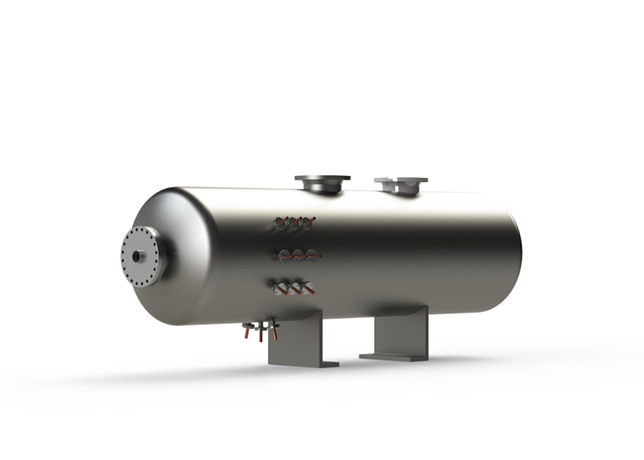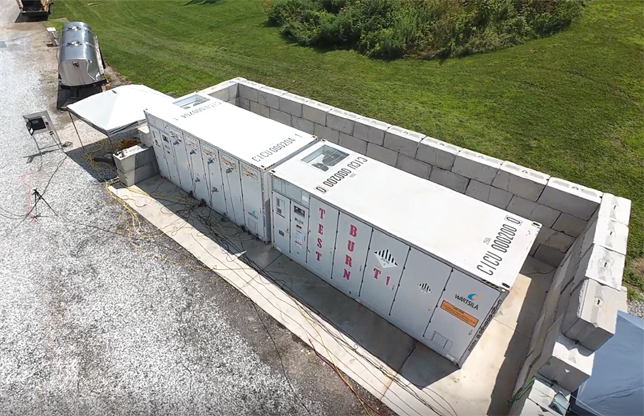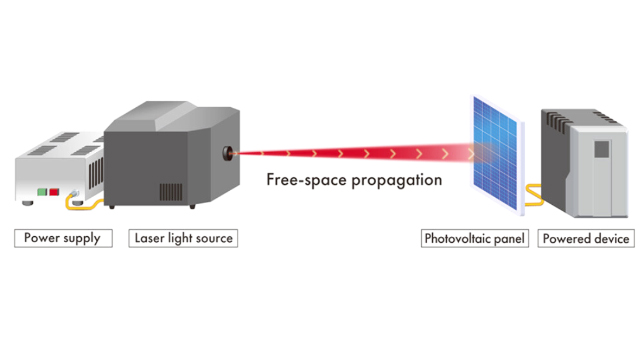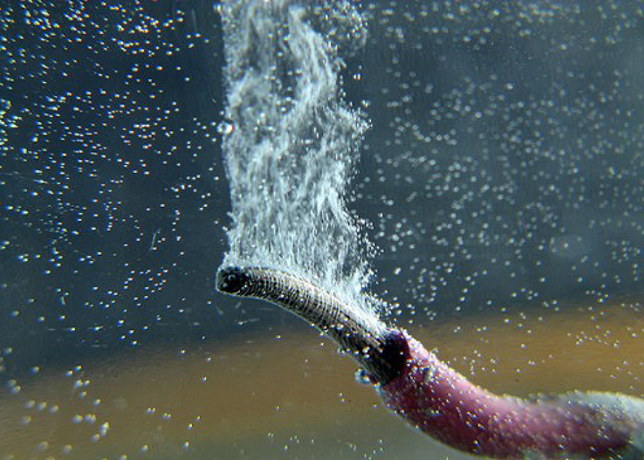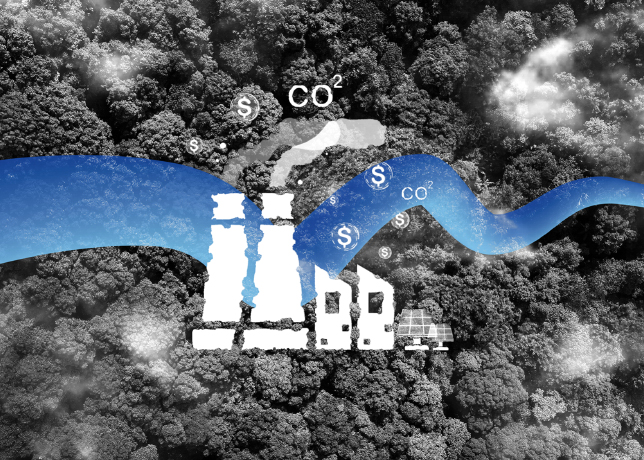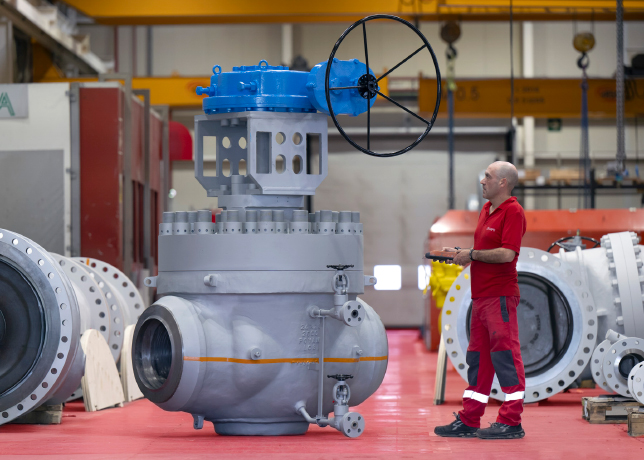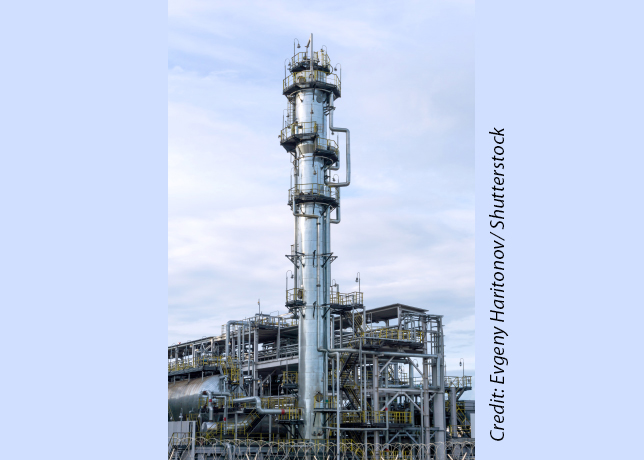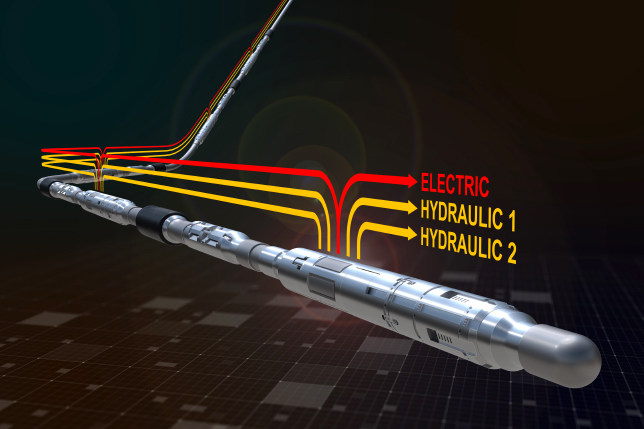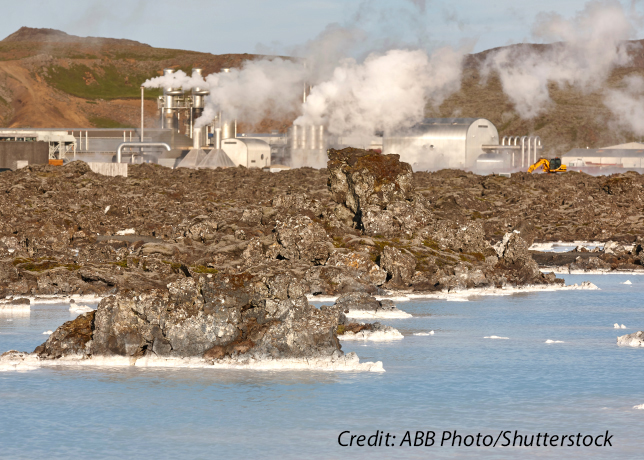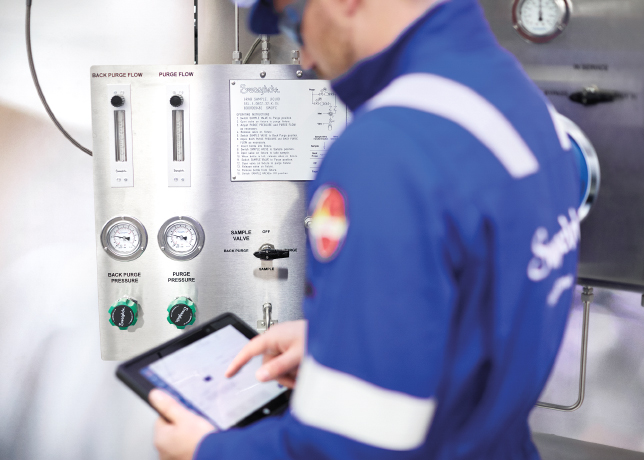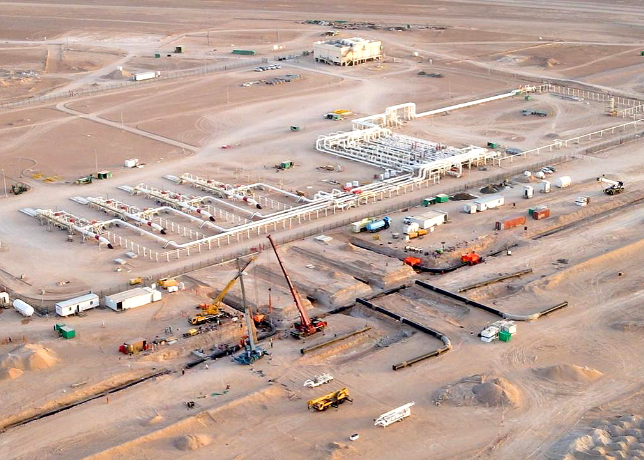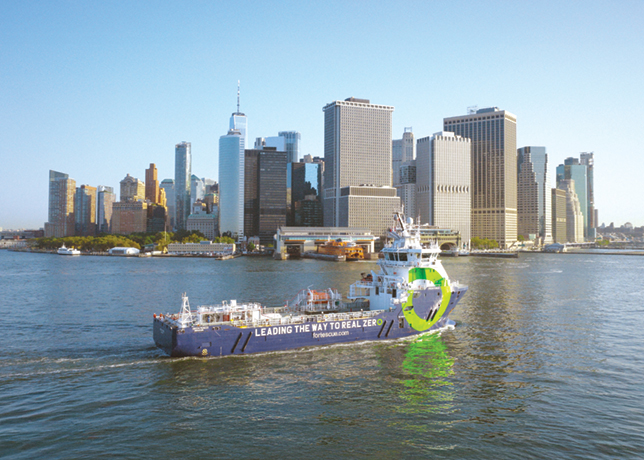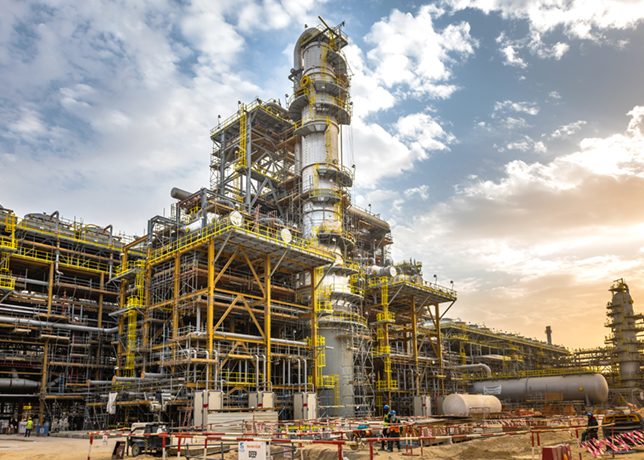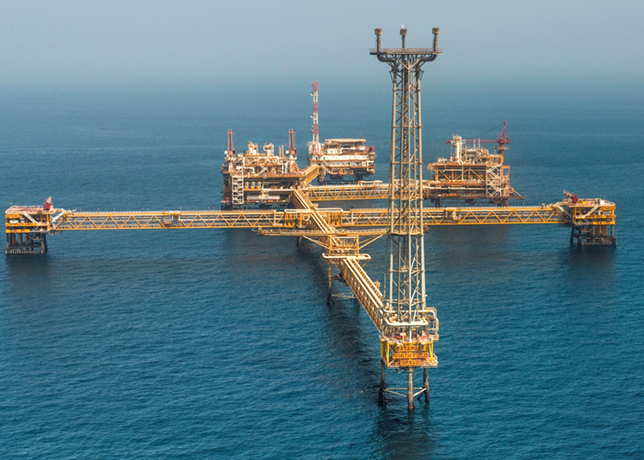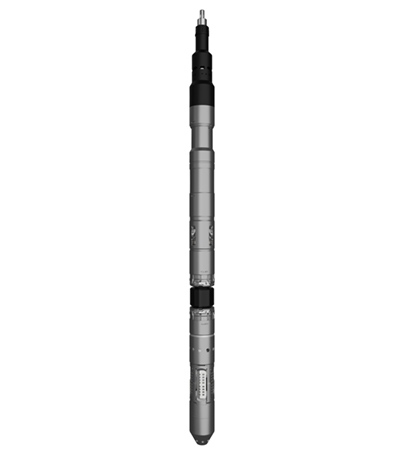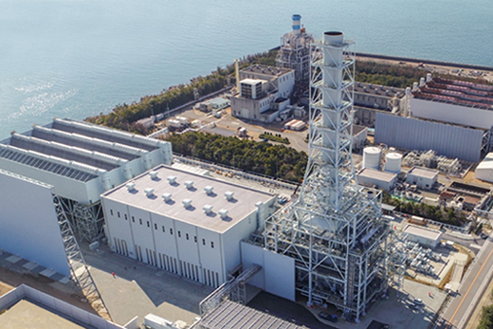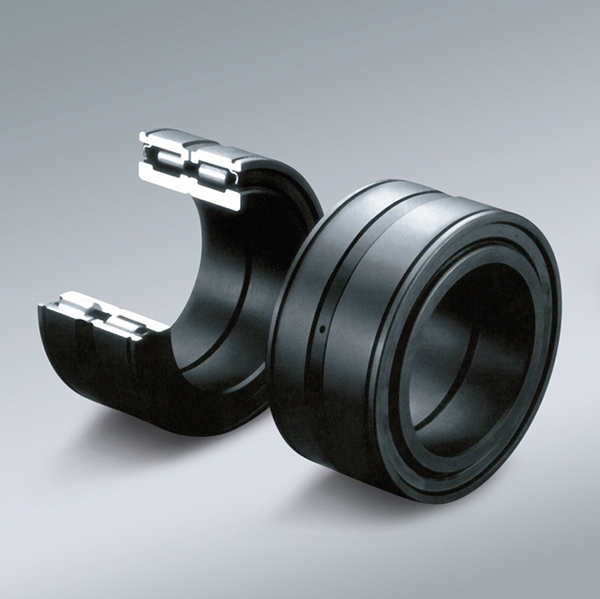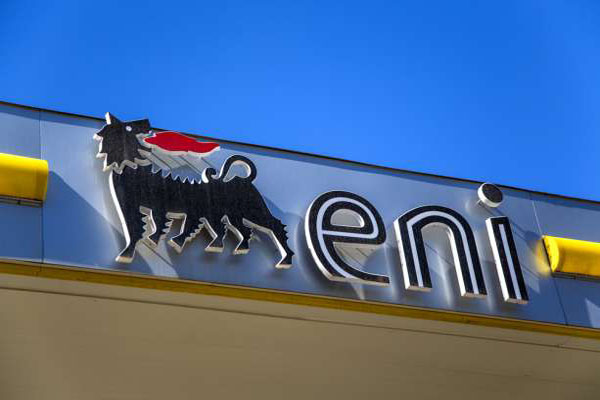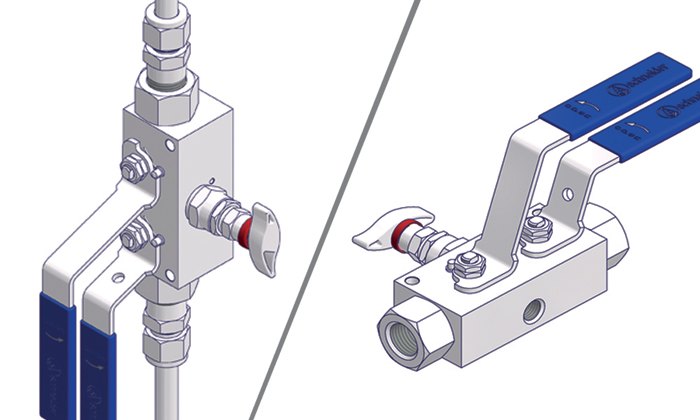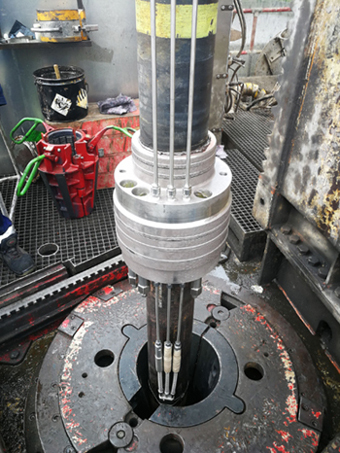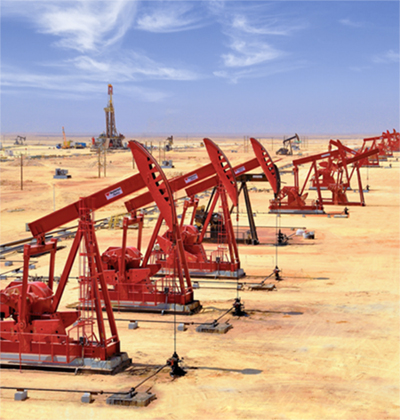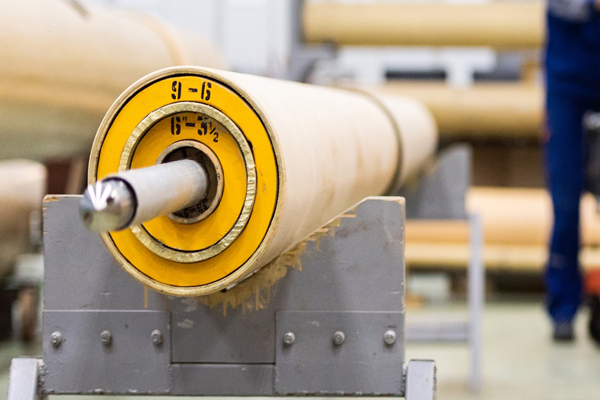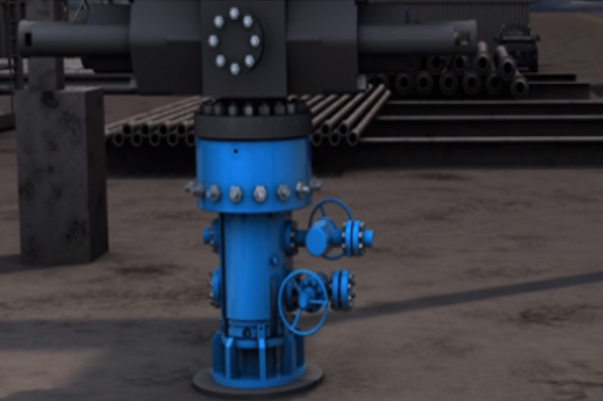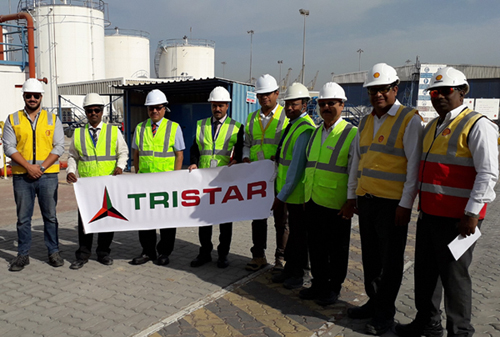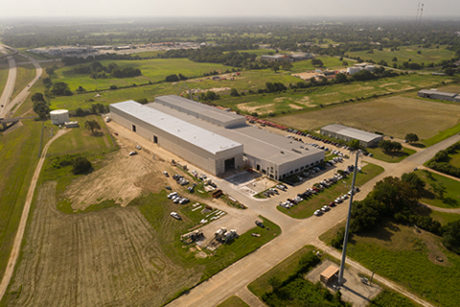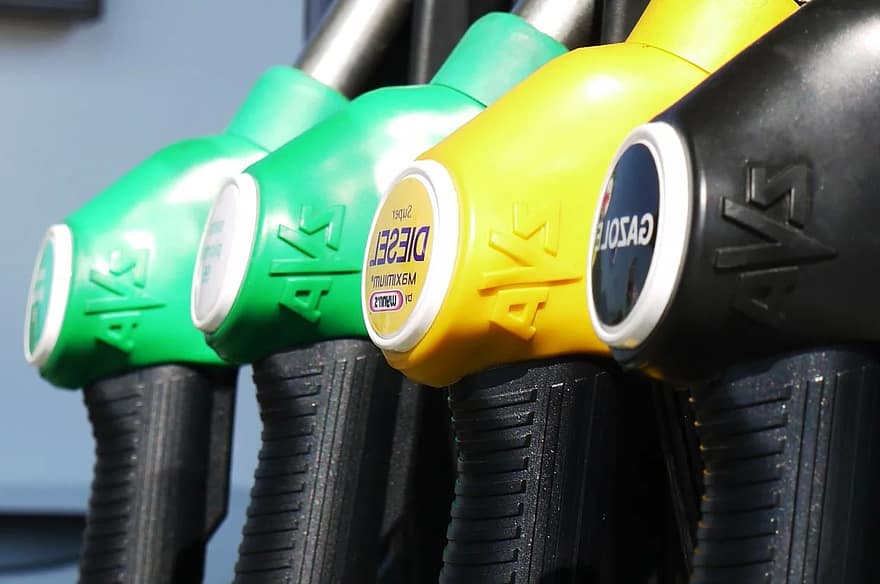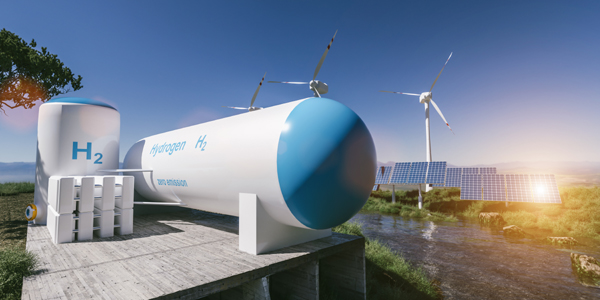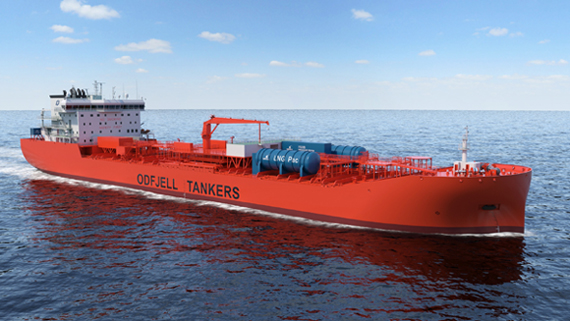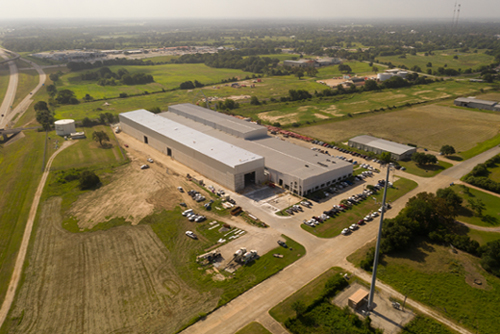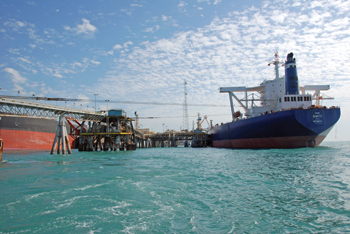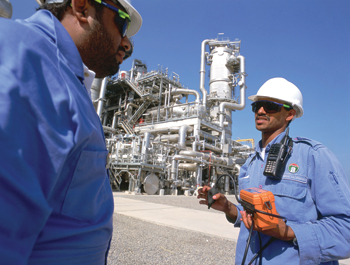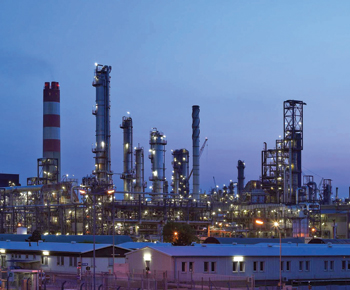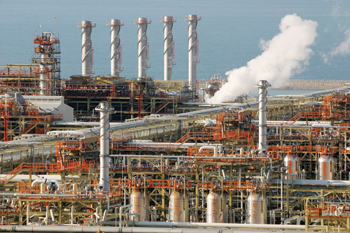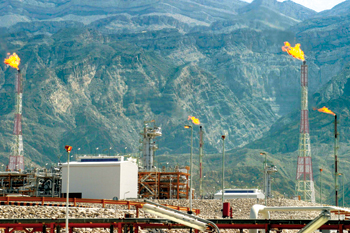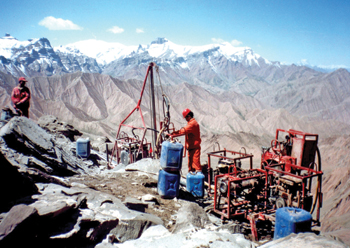
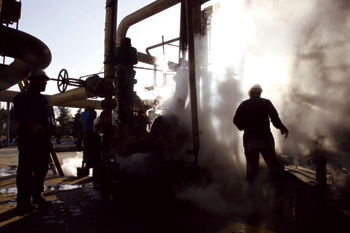 Iran’s oil production has taken a hit
Iran’s oil production has taken a hit
IRAN’S oil production and exports have decreased significantly in the past three years.
The US Energy Information Administration (EIA) has studied the effects of sanctions on Iran’s oil and gas sector, and released the results in its annual report.
The report reads: “The US and EU measures targeted Iran’s petroleum exports and imports, prohibited large-scale investment in the country’s oil and gas sector, and cut off Iran’s access to European and US sources for financial transactions.”
Further sanctions were implemented against institutions targeting the Central Bank of Iran, while the EU imposed an embargo on Iranian oil and banned European Protection and Indemnity Clubs (P&I Clubs) from providing Iranian oil tankers with insurance and reinsurance.
The EIA cites the International Energy Agency (IEA), saying Iranian crude oil and condensate exports declined by 1 million barrels per day (mbpd) in 2012 compared with its preceding year.
Iran’s crude oil and condensate exports averaged 1.1 mbpd in 2013, 1.4 mbpd less than the volume exported in 2011. This figure in 2011 was 2.5 mbpd.
Following an interim deal between Iran and the P5+1 group of countries over the country’s nuclear programme, Iran’s exports increased in the beginning of 2014.
From January to May 2014, Iran’s exports averaged 1.4 mbpd, 300,000 barrels per day higher than the 2013 annual average, according to the IEA. China and India accounted for nearly all of that increase. The largest buyers of Iranian crude and condensate are China, India, Japan, South Korea, and Turkey.
The report further reads that in addition to crude oil and condensate, Iran also exports petroleum products. According to FGE ( international energy consultancy group), Iran exported about 240,000 barrels per day of petroleum products in 2013, most of which were fuel oil and LPG sent to Asian markets. Iran’s petroleum product exports declined by roughly 40 per cent in 2013 compared with the 2011 level. According to FGE, US and EU sanctions affected Iran’s ability to sell petroleum products as well.
The Kharg, Lavan, and Sirri Islands, located in the Gulf, handle almost all of Iran’s crude oil exports. Iran also has two small crude oil terminals at Cyrus and Bahregansar, one terminal along the Caspian Sea, and other terminals that handle mostly refined product exports and imports. Condensate from the South Pars natural gas field is exported from the Assaluyeh terminal.
Sanctions affected Iran’s production negatively as well.
According to the IEA, Iran’s crude oil production fell dramatically in 2012, following the implementation of sanctions in late-2011 and mid-2012. Iran dropped from being the second-largest crude oil producer in Opec to the fourth in 2013, after Saudi Arabia, Iraq, and narrowly behind the UAE.
In 2013, Iran produced approximately 3.2 mbpd of petroleum and other liquids (total oil), of which roughly 2.7 mbpd was crude oil, 0.4 mbpd was condensate, and 0.1 mbpd was natural gas plant liquids (NGPL). Iran’s total oil production level in 2013 was 1.0 mbpd (almost 25 per cent) lower than the production level of 4.2 mbpd in 2011.
Iran’s production increased in 2014, increasing Iran’s rank to the third-largest crude oil producer in OPEC during the first half of 2014.




